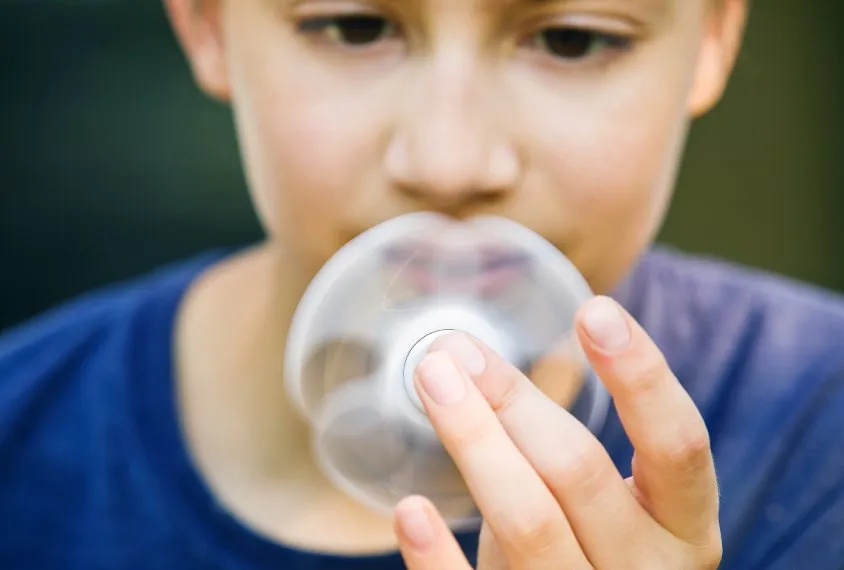AUTISM
Autism is a neuro developmental disorder characterised by impaired social interaction, verbal and non verbal communication, and restricted and repetitive behaviour. Parents usually notice signs in first 2 years of their child’s life. These signs often develop gradually, though some children with autism reach their developmental milestones at a normal pace and then regress.
CAUSES
Autism has a strong genetic background, many genes have been associated with autism through sequencing the genome of affected individuals and their parents.
Exposure to air pollution during pregnancy, especially heavy metals and particulates may increase the risk of autism.
Certain foods, infectious diseases, solvents, pesticides, smoking and illicit drugs have been implicated in the cause of autism.
FEATURES
1 Impaired language and communication
2 Unusual sensitivity to light and noise
3 Repetitive behaviours
4 Learning disability in 75%
5 Hyperactivity
6 Mannerisms
7 Anxiety
8 Sleep disturbance
9 Seizures
DIAGNOSIS
Diagnosis is based on behaviour, not cause or mechanism. Under the DSM-5, autism is characterized by persistent deficits in social communication and interaction across multiple contexts, as well as restricted, repetitive patterns of behaviour, interests, or activities. These deficits are present in early childhood, typically before age three, and lead to clinically significant functional impairment.
Several diagnostic instruments are available. Two are commonly used in autism research: the Autism Diagnostic Interview-Revised (ADI-R) is a semi structured parent interview, and the Autism Diagnostic Observation Schedule (ADOS) uses observation and interaction with the child. The Childhood Autism Rating Scale (CARS) is used widely in clinical environments to assess severity of autism based on observation of children.
MANAGEMENT
The main goals when treating children with autism are to lessen associated deficits and family distress, and to increase quality of life and functional independence. In general, higher IQs are correlated with greater responsiveness to treatment and improved treatment outcomes. No single treatment is best and treatment is typically tailored to the child's needs. Families and the educational system are the main resources for treatment. Intensive, sustained special education programs and behaviour therapy early in life can help children acquire self-care, social, and job skills, and often improve functioning and decrease symptom severity and maladaptive behaviour claims that intervention by around age three years is crucial are not substantiated. Available approaches include applied behaviour analysis (ABA), developmental models, structured teaching, speech and language therapy, social skills therapy, and occupational therapy.
PROGNOSIS
There is no known cure, Children recover occasionally, so that they lose their diagnosis of Autism this occurs sometimes after intensive treatment and sometimes not.
DIFFERENTIALS
10 Asperger’s Syndrome
11 Rett’s Syndrome
12 Childhood Disintegration Disorder.
MY ENCOUNTER WITH AN AUTISTIC INDIVIDUAL
When I was I secondary school, I had a classmate named James. Other students in my class thought James was weird, I noticed that he always sat at the back of the classroom and was always secluded from other students. James never spoke or played with other students in the class, he never smiled or made any gestures to anyone. He always wore a particular shirt to school and I wondered if that was the only shirt he had. Anytime the students were making noise James always threw tantrums and to me I found it kind of weird. Other students bullied James because they felt he was stupid and weird, they never realised that he was autistic.

